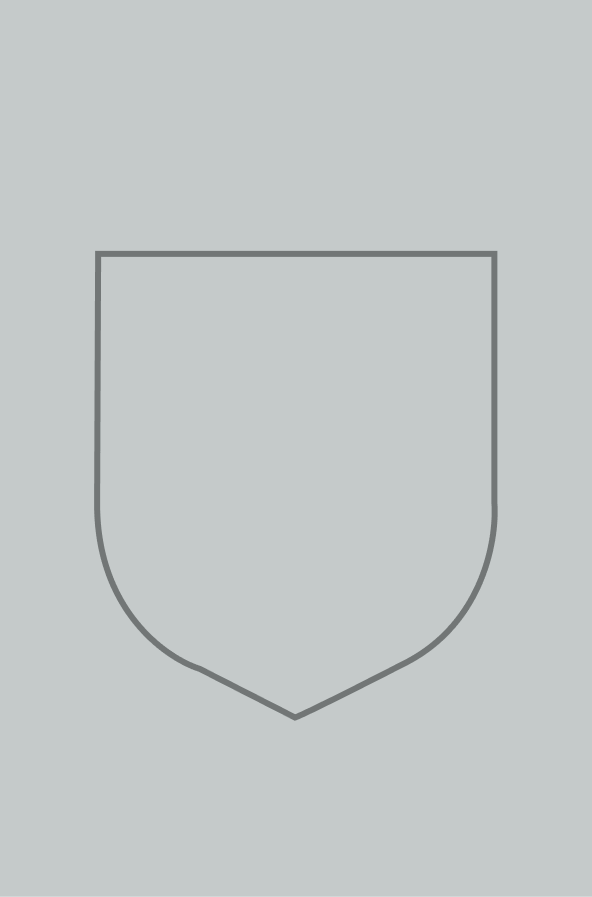Work Study and Ergonomics
This book covers the fundamental concepts of work study and ergonomics in a single volume. It discusses the theories of human physiology and cognitive sciences, and evaluates the application of these theories to design a work environment that optimizes work potential and reduces threats of work-related disorders. It provides strategies to design effective work processes and a congenial work environment in order to enhance human well-being and efficiency. The book also explains the ergonomic tools and techniques including biomechanics, work posture assessment tools, anthropometry and work physiology. Using live examples from the industry, the author discusses the principles of work study including string diagram, method study, work sampling and man-machine system. The book demonstrates why it is important to 'fit the job to the man' rather than continuing with conventional practices that 'fit the man to the job'.
- Fundamental topics related to work study and ergonomics are covered in a single volume
- Provides strategies to design effective work processes and a congenial work environment to enhance human well-being and efficiency
- Pedagogical features including solved problems, unsolved problems, case studies and multiple choice questions with answers are included in each chapter
Product details
October 2018Paperback
9781107503366
400 pages
240 × 184 × 17 mm
0.55kg
Available



